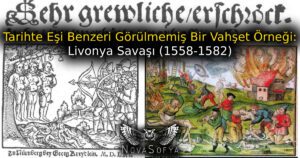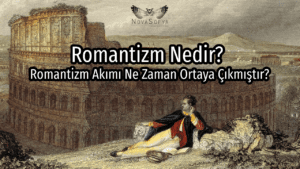Collection Culture: From Paleolithic Ages to Modern Museum Life

Image 1 : David Teniers Leopold Wilhelm Gallery Brussels Date: 17th Century.
“It was the happiest moment of my life, I didn’t know. If I had known, could this happiness have been preserved and everything could have developed differently? Yes, if I could understand that this was the happiest moment of my life, I would never have missed that happiness,” Orhan Pamuk begins the first sentence of his novel The Museum of Innocence.
The biggest motivation for collecting is actually based on the feelings mentioned in this sentence. We want to keep and relive memories that have good associations in our minds. What we collect takes us to the past and comforts us. By legitimizing our existence, they glorify and perpetuate our lineage. When we look at the museums around the world, we see that collecting is done in line with the same interests, following a policy that values art and cultural assets, as well as highlighting the power and wealth of the state. At this point, it is obvious that creating collections is not just a hobby, but also has a political purpose.
When we look at the initial stage of the collecting culture, it is seen that it is an action carried out for the sustainability of life, as opposed to bringing together valuable objects in line with personal taste. After this activity, which was started with the impulses of nutrition and survival, storage began with the emergence of excess product.
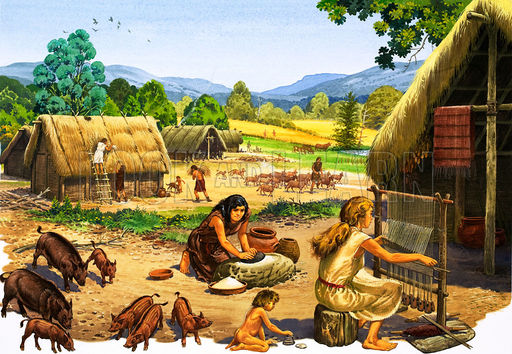
Image 2: Paleolithic Age, studentofhistory.com
With the storage phase, collecting for pleasure was included in the process and the objects obtained began to gain value. Thus, a tendency towards a certain level of quality has emerged.
When we look at the requirements that form the basis of collecting in the modern sense, it is possible to say that it is shaped by the purpose of learning, research, benefit and pleasure. These collections, created within a certain group, are grouped around different themes. A person who wants to create a collection should know that he must follow a policy that is open to development, and he must decide in advance what he wants to collect. When we consider collector psychology; We can show that the collector’s desire to follow his aesthetic needs, that the collector feels complete with each new object, that he can increase his prestige and status in the society through the collection, and his desire to leave a legacy to future generations as a source of motivation. Sigmund Freud has a different point of view on this issue. In line with the Psychosexual Personality Theory, personality development is divided into five periods.
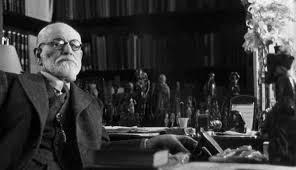
Image 3: Sigmund Freud, The Collector Website.
Freud argues that the collection instinct develops in the Anal Period, which covers 1.5 to 3 years of age. If this period of toilet training is not successfully passed, the baby keeps the stool in his intestines. This type of problem can cause a person to be stingy, hide their feelings, have a hard-minded and collectible personality during adulthood. The baby, who has successfully survived the period, will be an entrepreneur, creative and autonomous individual in his future life.
FUNDAMENTALS AND TEMPORARY DEVELOPMENT OF COLLECTIBILITY
According to some, the food and valuable objects stored by human beings who have settled down form the basis of today’s most primitive museums. The majority of the collections and museums are based on a temple where it is believed that the Muses lived on Mount Helikon. The ancient Greek traveler Pausanias mentions in his book that there are portraits of scientists, philosophers and poets in this temple.
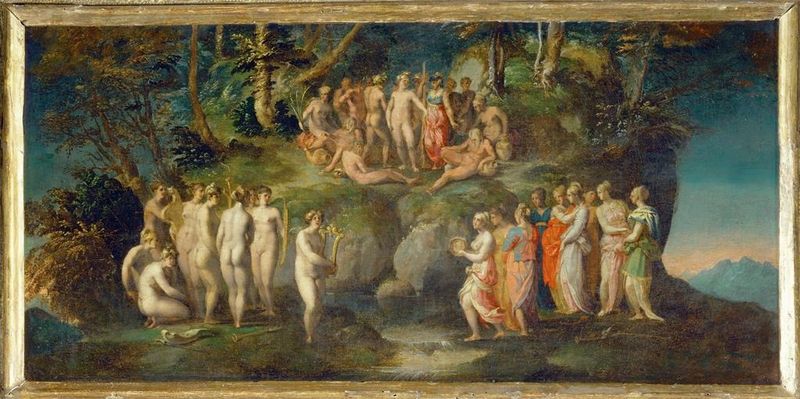
Image 4 : Muses, artble.com
Aristotle’s B.C. It is mentioned that there are interesting collections in the Lykeion Gymnasium, a school he founded in 384-322. It is known that there is a sculpture collection in the Bergama Library, which has an important place in the foundation of museology.
When it comes to the Roman Period, it is thought that today’s collecting is a tradition from that period. Although the Romans, who were a society focused on war and agriculture, did not look at the works of art with an aesthetic eye like the Hellenists at first, they did not fail to bring works of art from the cities they occupied. As time passed, a protective understanding against cultural assets was developed, and instead of destroying them, they started to collect them by measuring their values with the experts they took with them. These objects, which they brought after the war, started to be exhibited and collected in their homes. It is known that over time, their own collections of state buildings, theaters, palaces and personal residences were formed.
Emperor Hadrian is an important figure in the history of collecting. Considered the father of modern collecting, Hadrian’s understanding of art and his interest in architecture was well ahead of his time. He brought his entire art collection to his palace, which was built in Tivoli and is included in the world heritage list by UNESCO. The works he collected are in Vatican and Rome today.
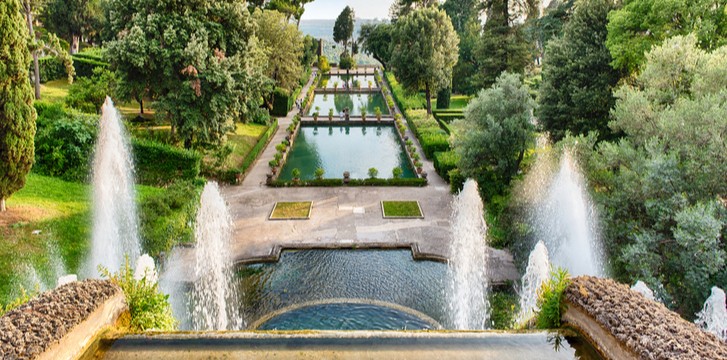
Image 5 : Hadrian’s Villa, Rome Private Guides.
Undoubtedly, the breadth of a collection shows the wealth, intelligence and commercial skills of its owner.
When we come to the Middle Ages, we come across the Treasury Departments where kings and lords kept their collections. There are looted artifacts in the treasury apartments. Collected collections are created for power indication rather than necessity. These spaces, which connect nature and art, imagination and reality, enable to hold the universality, to bring to the surface the most mysterious secrets of this universality and to gain political advantages. The Treasury Halls are located near the ceremonial halls to show off when important visitors arrive.
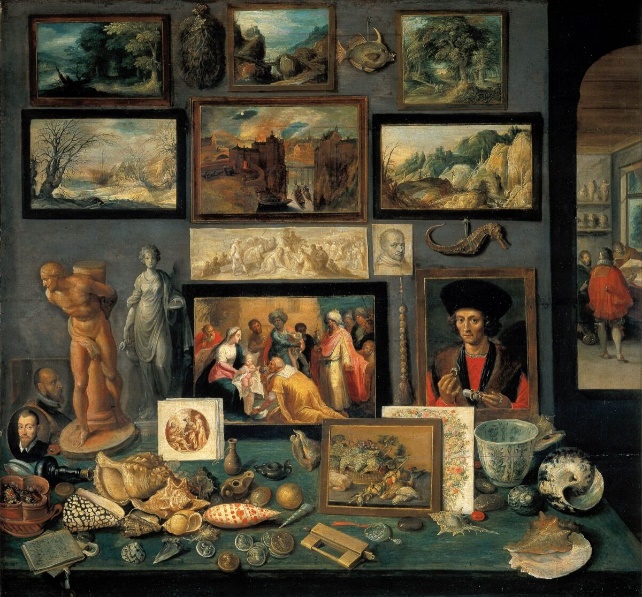
Image 6 : Frans Francken the Younger, The Chamber of Art and Curiosity, 1636. Wikimedia Commons.
Again in this period, monasteries and churches started to create collections. Churches have made attempts to contain the holy relics for Christianity.
There are important collections that stand out in the New Age. II. Ferdinand’s collection in the Austrian Ambrass Castle is notable. Sultan of the Ottoman Period II. Abdulhamid’s visit to Ambrass Castle inspired him greatly. After this visit, he turned to a westernist policy. It is known that he was a guiding trip in the innovations he made and the support he gave for his culture and art life. The Matthias Corvinus Collection is also very important. He founded the Corvinus Royal Library (Bibliotheca Corviniana), which defended the arts and sciences. This library has one of the largest book collections in Europe.
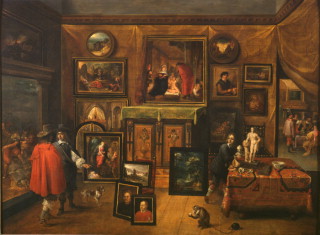
Figure 7 : The joint painting work of Frans Franken and David Tenier, The Courtauld Institute of Art.
In the New Age, the Treasury Offices assumed a different mission and began to be called as rooms that arouse curiosity. Although not fully open to the public, they have turned into spaces that allow researchers to benefit and thus contribute to the development of science.
While the works were being exhibited, they started to be exhibited in two groups as Artificialia (made by man) and Naturalia (made by nature). Today’s experts define cabinets of rarity as spaces that contain the knowledge of the universe. Most of the rarity cabinets contain collections of books and sculptures, skeletons of lesser-known creatures, collections of paintings, rare plant specimens and many valuable objects.
UFFIZI GALLERY
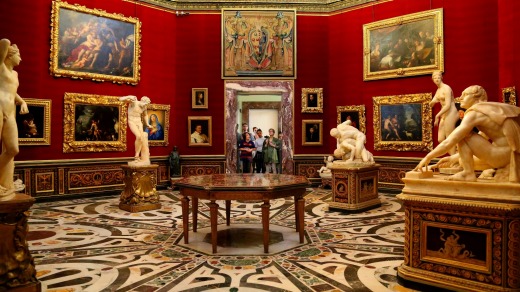
Image 8 : Ufizzi Gallery, sfeventsitaly.com
The biggest step taken in Private Collecting is considered to be the Ufizzi Gallery, which was built by the Medici Family on the land they bought in Florence. The top floor of the three-storey building is called Galeria. Valuable paintings and plastic artifacts owned by the family are exhibited here. The collection includes valuable and popular works such as the Medici Venus Statue, copies of Praxiteles and Botticelli’s Birth of Venus.
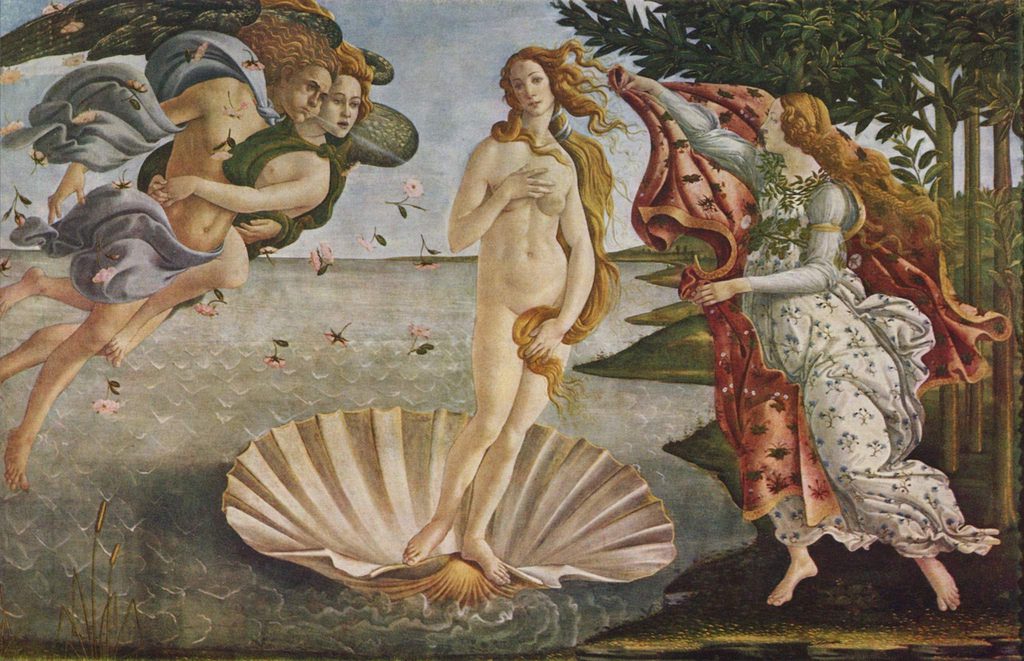
Image 9 : Sandro Botticelli, The Birth of Venus, https://www.florenceartmuseums.com
COLLECTIONS IN THE OTTOMAN PERIOD
The oldest known collection among the Turks is the Late Hittite Lion Sculptures collected by Dulkadiroğlu Bey in Maraş Castle (Real, 1999, 78). It has been recorded that there are collections that were collected by the statesmen in the Ottoman Palaces, but closed to the public. It is known that the spoils of war, valuable objects gifted by other states, Islamic objects and belongings of ancestors are stored in these places. The weapons left after the war were collected in the Hagia Eirene Church.
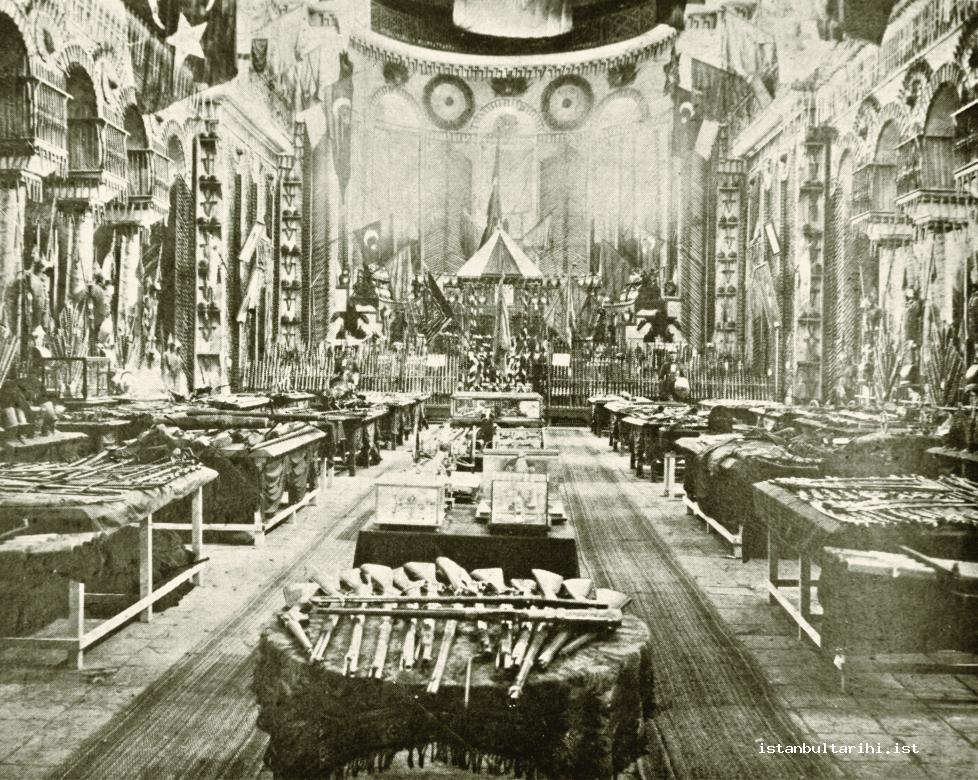
Image 10 : Hagia Irene Weapon Collection, XXI from Antiquity. Great Istanbul History Website for the Century.
It is known that Osman Hamdi Bey and Halil Ethem created a collection of paintings and copy works by local and foreign painters. When we look at the collecting understanding of the people in the Ottoman Period, it can be mentioned that there was an intense interest in manuscripts, marbling papers, weapons and religious items (Erünsal, 1991). Another group of private collectors is non-Muslims. It is known that especially American Colleges, Armenian Minority Schools, Arnavutköy Greek School and Evangelical Greek Girls’ School in İzmir also have museums where they exhibit their collections (Mansel, 1993, 542-543).
CONTEMPORARY ART COLLECTIONS IN TURKEY FROM THE REPUBLIC TO THE PRESENT
With the Republican Period, the state started to support art and artists. In the understanding of the Republic, which offers revolutions on modernization and westernization, works of art began to be purchased by the state, thus a state collection emerged. The manuscripts collections found in religious buildings were brought together and museumized. A generation of Turks began to emerge in the art market. These people gave birth to collectors who gradually became rich and collectibles.
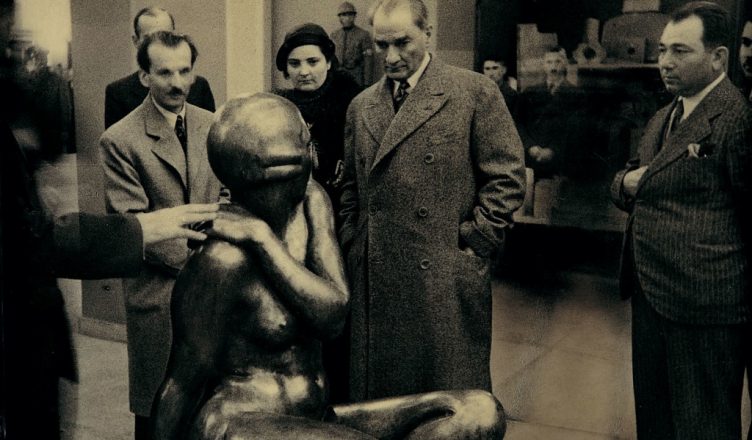
Image 11 : Atatürk’s Visit to the Exhibition, Alternatiftarih.com
Private art galleries were opened between 1960 and 1970. Although there is an ongoing collection, there is no market for high-priced items. It can be said that the biggest problem in collecting is the lack of continuity. During the economic crisis that occurred in Turkey between 1994 and 2001, two important collectors named Halil Bezmen and Erol Aksoy had to distribute their collections.
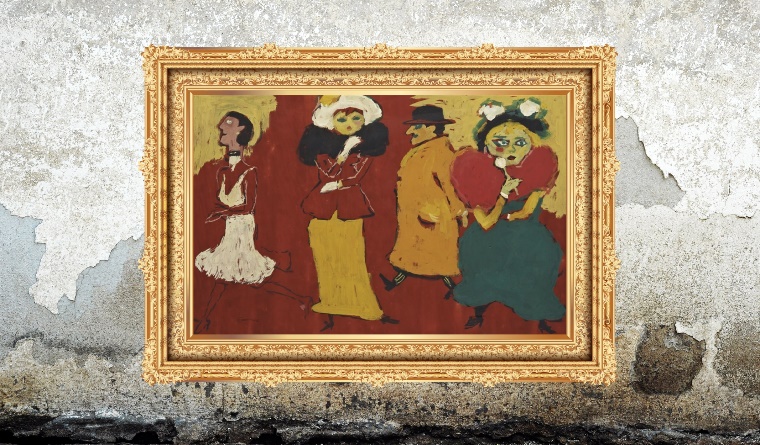
Visual 12 : Fikret Mualla’s painting “Women”, a work of the Republic Period, Halkbank Culture and Life Website.
This process is considered as a great loss in Turkey’s culture and art history. There is no concrete data about the works distributed without being registered. By taking the book Contemporary Art Collecting in Turkey written by Ebru Nalan Sülün as a reference, we can say that most of these works are not known because the inventory records of the works in the collections are not kept.
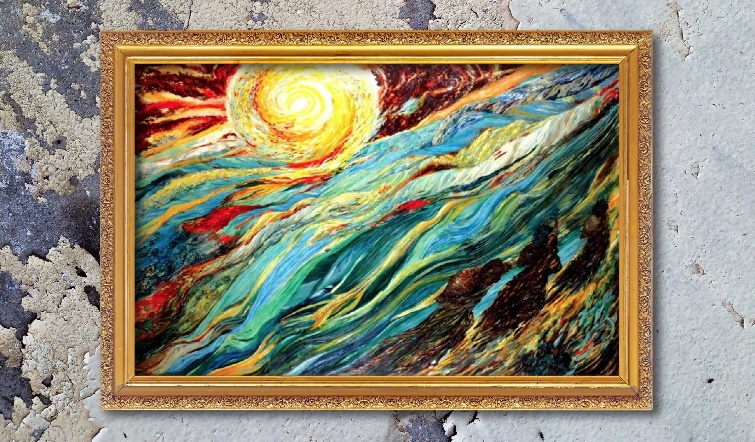
Image 13 : Aliye Berger’s painting titled Sunrise, a work of the Republic Period, Halkbank Culture and Life Website.
These formations, which have become more active than state institutions thanks to the private museum establishment activities initiated by business people since the 2000s, have brought a new breath to collecting and culture and art life thanks to their active programs and strong financial opportunities. Due to the positive developments observed in the society and the increase in the prestige of business people who provide sponsorship support, the demand for the idea of collecting and establishing a museum has increased rapidly. Branding emerged with auction houses, bank collections and private collections.
The Elgiz Museum, where the Elgiz Family has turned their collections into a museum, the Sabancı Museum opened by the Sabancı Family, the Istanbul Modern opened by the Eczacıbaşı Family, and the Pera Museum, where the collections of Suna and İnan Kıraç are located, have drawn a new path in Turkey’s collection and museology understanding. With the new method followed, a public discussion platform was created for the collections held in the above-mentioned museums, and a new era was started with various conferences and thematic exhibitions. Keeping the inventory records of the entire collection of the Sabancı Museum is also considered a very important initiative.
SAMPLES FROM MUSEUM COLLECTIONS
Dumbarton Oaks Museum Collection – Georgetown USA
A mansion built by the Bliss Family in 1920, the building was transferred to Harvard University in 1940. The Dumbarton Oaks Museum has an extensive Byzantine Collection, a world-class collection of Pre-Columbian Art, and a home collection.
Byzantine collection
The collection includes Late Roman and Byzantine jewellery, ivory icons, textiles, coins and seals, plates, lamps, illuminated manuscripts, jewelery boxes, and various mosaics.
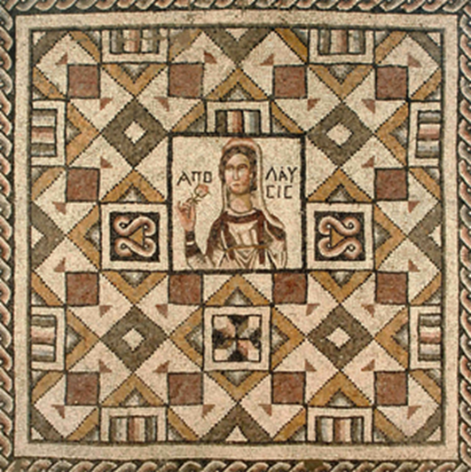
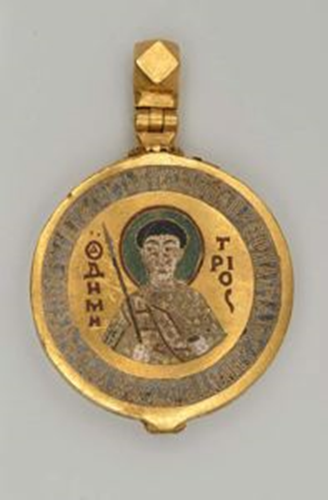
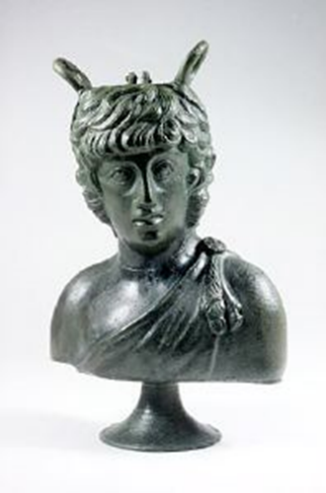
Images 14 : Dumbarton Oaks Official Website.
Pre-Columbian Collection
The Pre-Columbian Collection contains artifacts from 3000 years of history of Mesoamerica, the Andes and Latin America. Stone sculptures, ceramics from the Nasca, Moche, Olmec and Wari cultures, small metal objects, textiles, seashells, precious stones, carvings of Aztec Gods and animals, large relief panels of Mayan Kings and objects belonging to ceremonial pursuits are exhibited. .
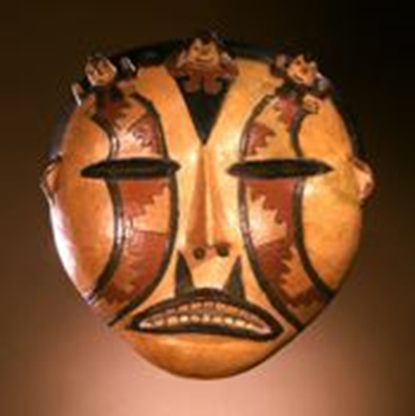
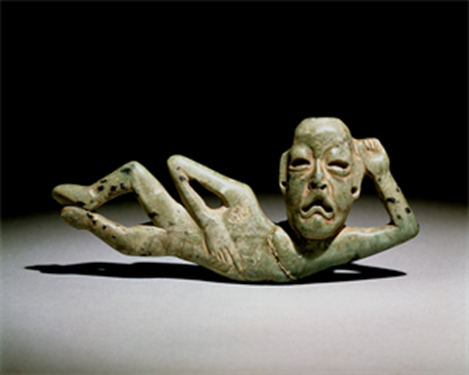
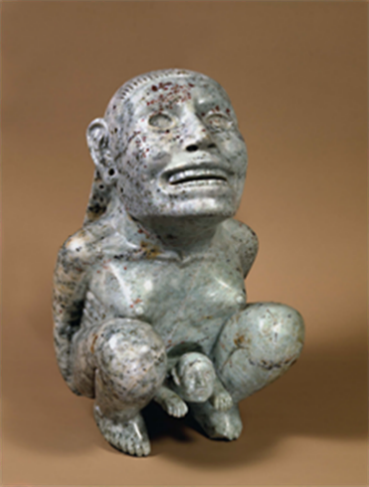
Home Collection
Artworks, paintings, interior furniture, music room, museum building, library building and gardener’s cottage brought from Asia and Europe are the basic elements of the collection.
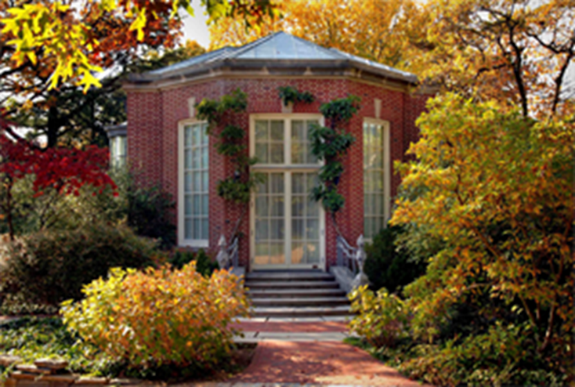
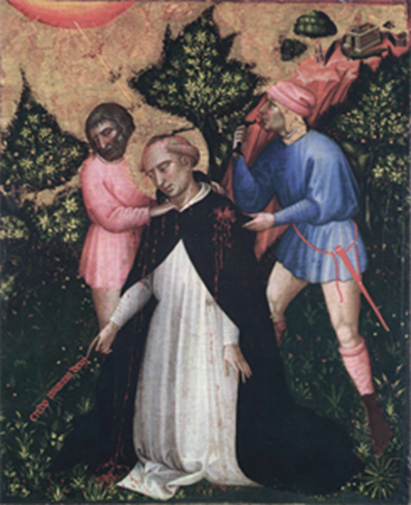
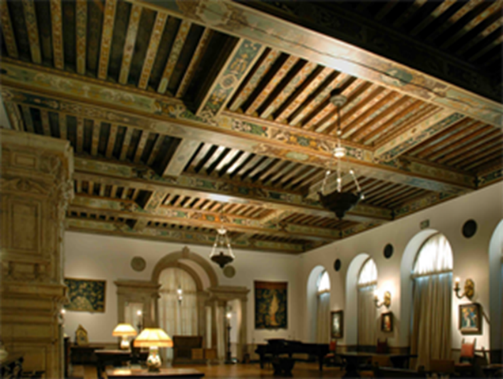
Harvard University Museum of Zoology Collection
The collection created to study the diversity of life includes more than 21 million specimens. The museum serves as the primary repository for Harvard Faculty curators, staff, and world-class researchers, past and present. The collection includes more than 200 bird specimens, thousands of precious stones, giant king crabs, microscopic mites, endangered mammals and rare animals seen on the Island of Madagascar.
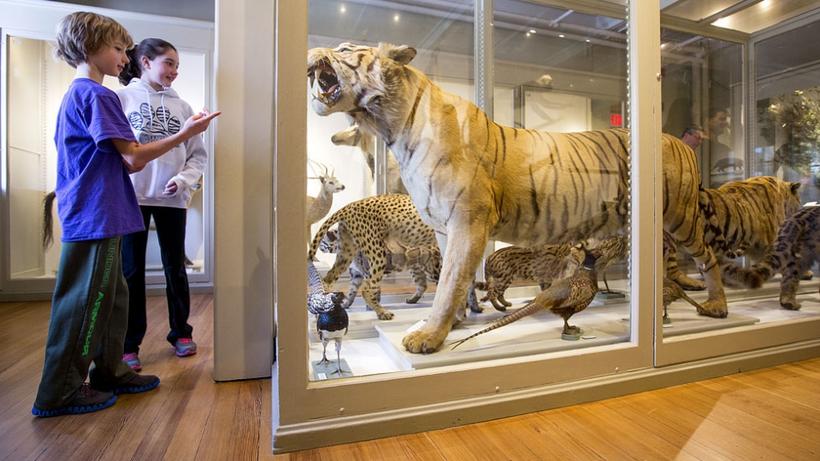
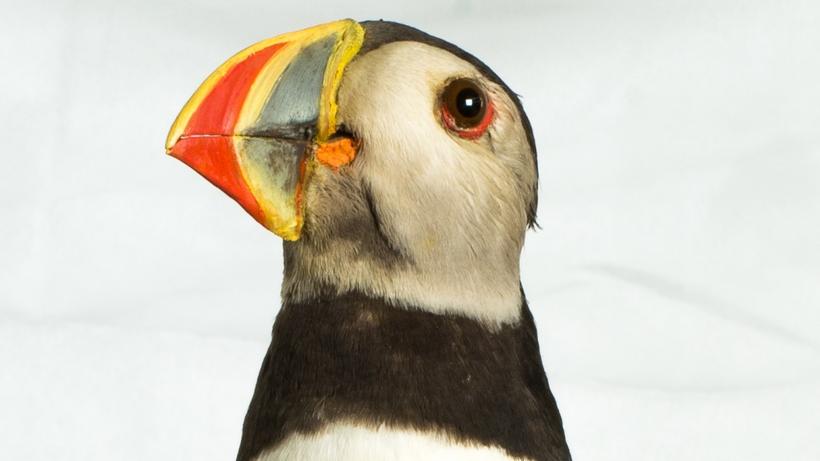
Images 16 : Harvard Museum of Comparative Zoology Official Website.
Vienna Natural History Museum Collection
The Natural History Museum’s collection is spread over 39 exhibition halls and includes 30,000 objects.
It has a rich collection of archeology, anthropology, mineralogy, zoology, rare fossil specimens and precious stones. It was created with the objects and research data brought from different parts of the world by scientists who made expeditions on behalf of the Empire in the 19th century. The highlights of the collection are the dinosaur skeleton found in 1908, the stuffed specimen of the extinct Dodo bird, and the meteorites found in the gems hall.
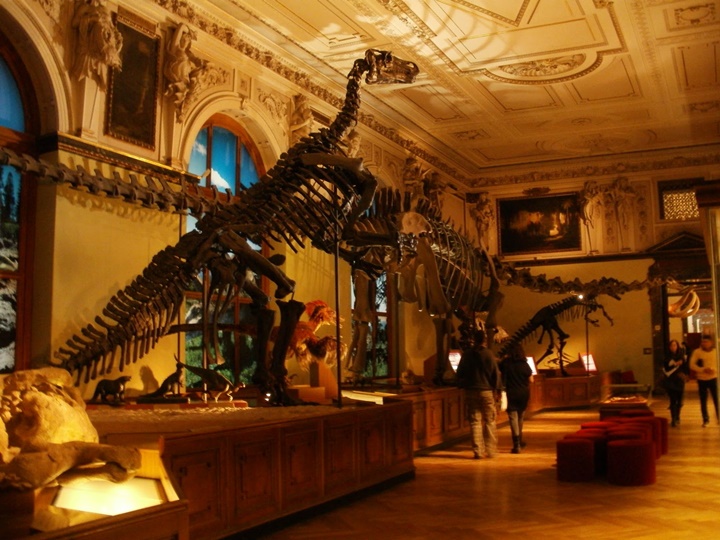
Images 17 : Vienna Natural History Museum Official Website.
SOURCES
J. Raeder, Die Statuarische Ausstattung Der Villa Hadriana Bei Tivoli, 1983.
Patrick Mauries, Cabinets of Curiosities, Thames & Hudson, 2019.
Sülün E. , Contemporary Art Collecting in Turkey, Hayalperest Publishing House, 2019.
https://www.thecollector.com/sigmund-freud-theories/
Başgelen N., Collecting and Preserving the Archaeological Heritage in Turkey, Istanbul: Archeology and Art Publications, 2007.
Uzun D., Stages of Transition from Collections to Museum Buildings and Initiative to Open the First Museum School, JILSES, 2020.
Çal, H. Destruction of Immovable and Ancient Artifacts in the Republican Era in Turkey and Its Causes.
Collector’s Handbook, Digital Museum Official Website.
Orhan Pamuk, Museum of Innocence, Yapı Kredi Publications, Istanbul, 2008.
Beral Madra, 1991 Design Magazine Interview.
Dumbarton Oaks Official Website.
Official Website of the Natural History Museum Vienna.
Official Website of the Harvard University Museum of Comparative Zoology.

